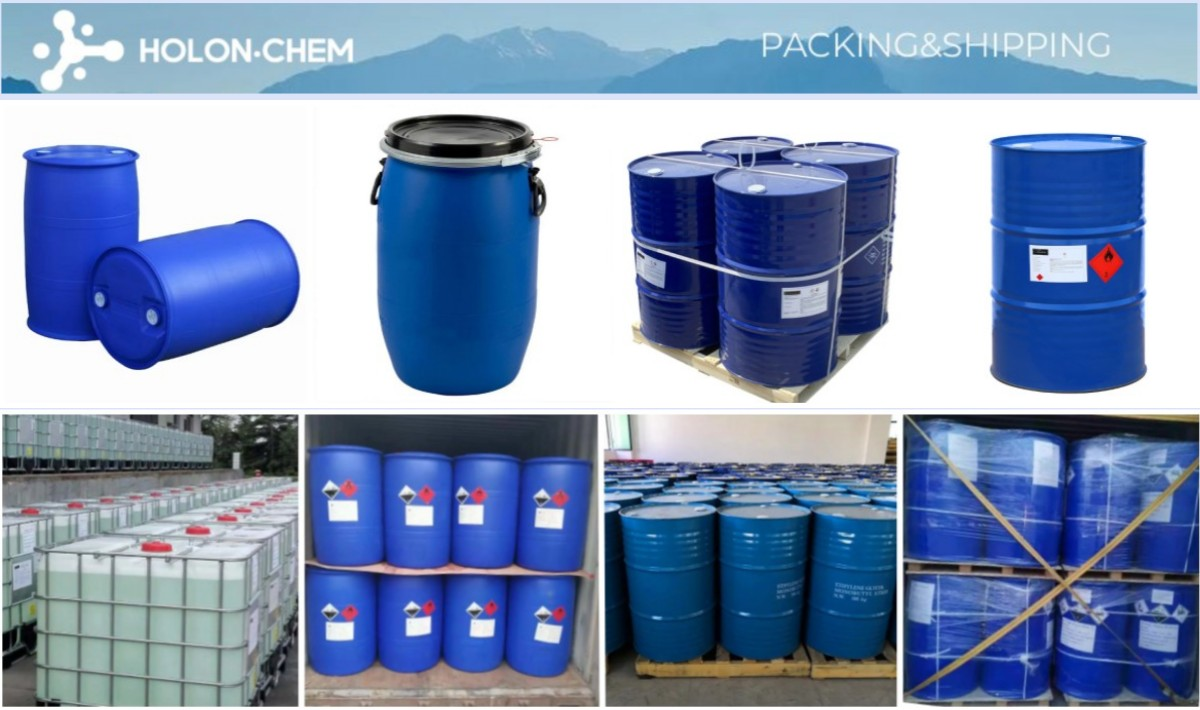

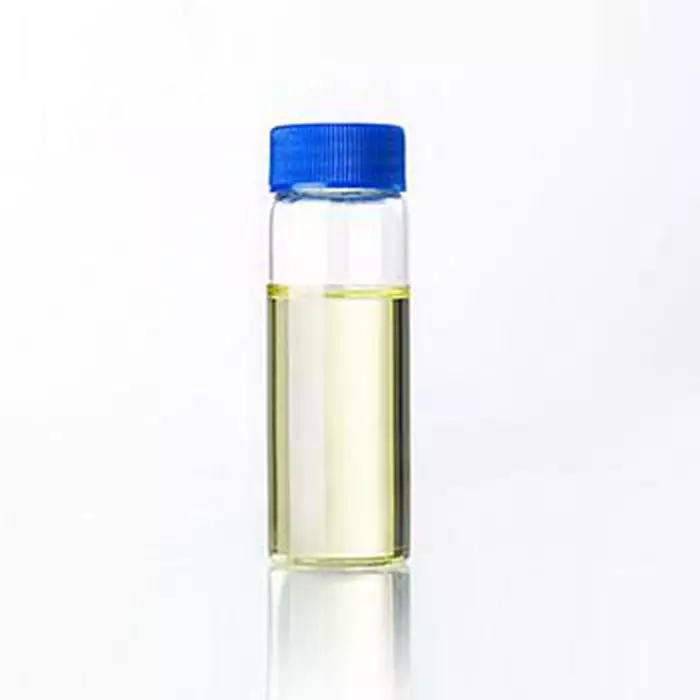
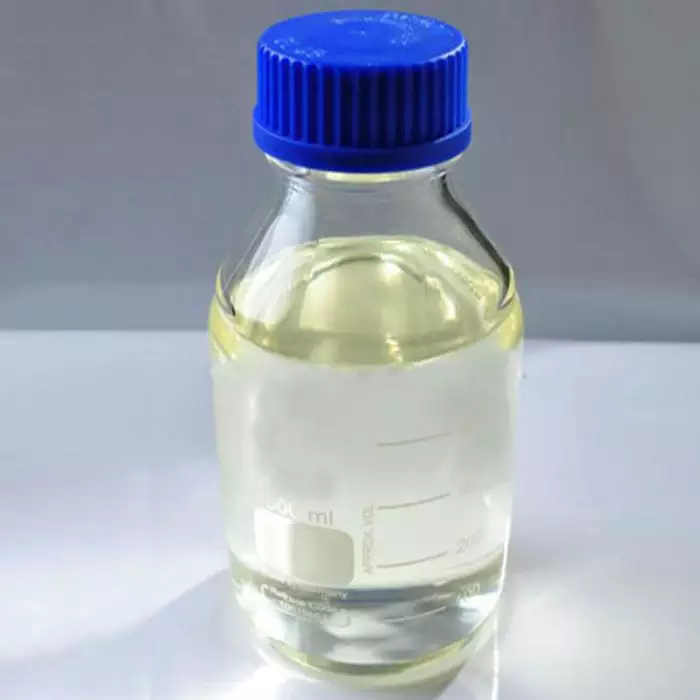
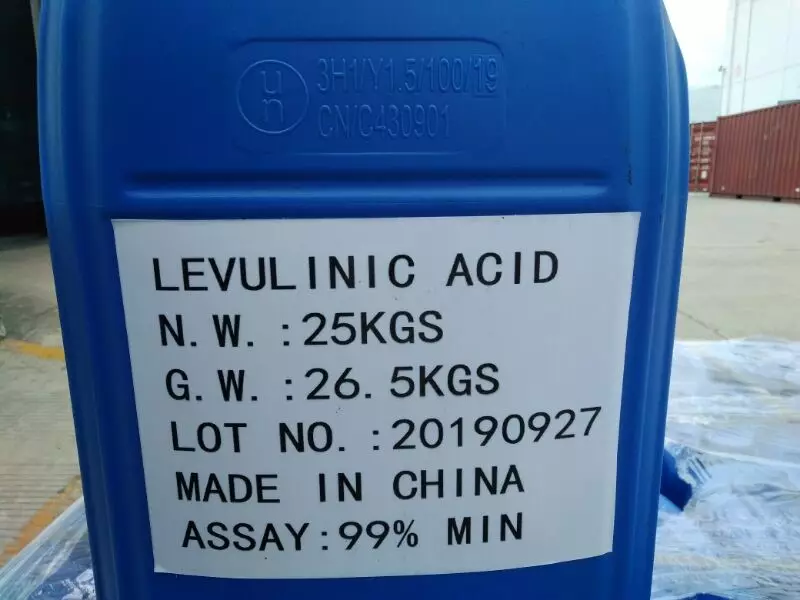
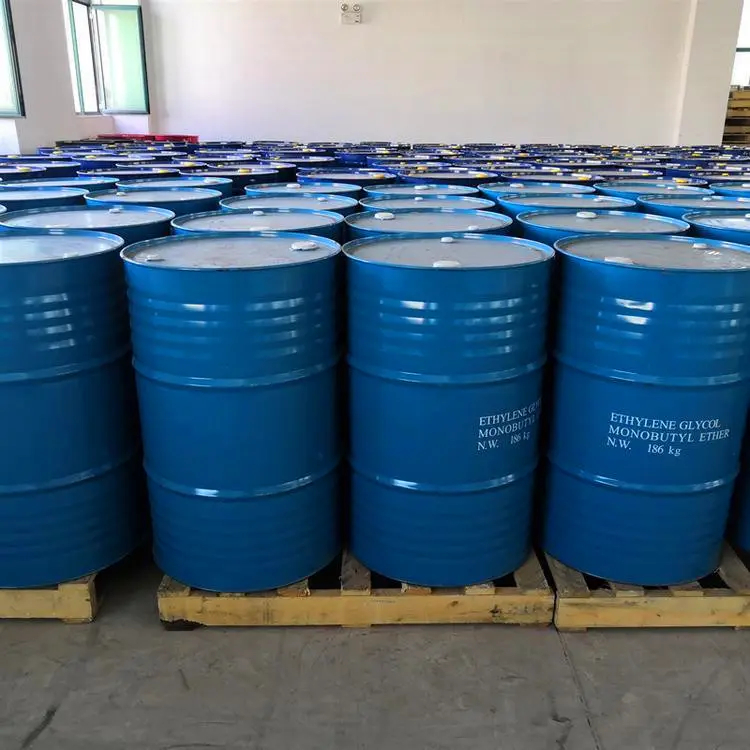
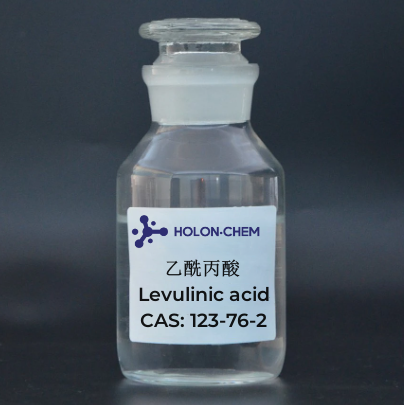
Levulinic acid, or 4-oxopentanoic acid, is an organic compound with the formula CH3C(O)CH2CH2CO2H. It is classified as a keto acid. This white crystalline solid is soluble in water and polar organic solvents. It is derived from degradation of cellulose and is a potential precursor to biofuels, such as ethyl levulinate.


Product Name: Levulinic Acid
Other Name: 4-Oxopentanoic acid; Levulinic acid,(4-Ketopentanoic acid; 4-Oxopentanoic acid); 4-oxovaleric acid; laevulic acid; Levulic Acid; 4-Ketopentanoic acid; calcium bis(4-oxopentanoate); 2-methyl-3-oxobutanoic acid; sodium 4-oxopentanoate; 4-oxopentanoate
CAS No.: 123-76-2
EC No.: 204-649-2
Molecular Formula: C5H7O3
Molecular Weight: 115.1078
Usage: Levulinic Acid can be used to produce various products, including resins, pharmaceuticals, fragrances, solvents, coatings and inks, rubber and plastic additives, lubricant additives, surfactants, etc.
As an important chemical raw material or solvent, it can be used to produce medicine (intravenous injection, indomethacin, etc.), resin (bisphenolic acid water- soluble resin), flavor (flavor for food or flavor for tobacco), paint, coating, pesticide, dye and surfactant, etc.


Appearance | Colorless to light yellow transparent liquid or crystal |
Content (Titration) | ≥99% |
Color (Gardner) | ≤2 |
Moisture | ≤1.0% |
Heavy metal | ≤10ppm |
Fe | ≤10ppm |
Sulphate | ≤20ppm |
CI | ≤20ppm |

1. For the manufacture of dyes, pigments
2. Organic synthesis
3. Solvents with excellent, properties
4. Used as a chromatographic reagent
